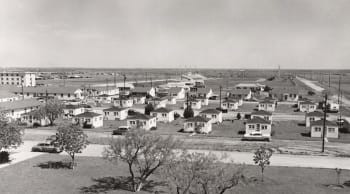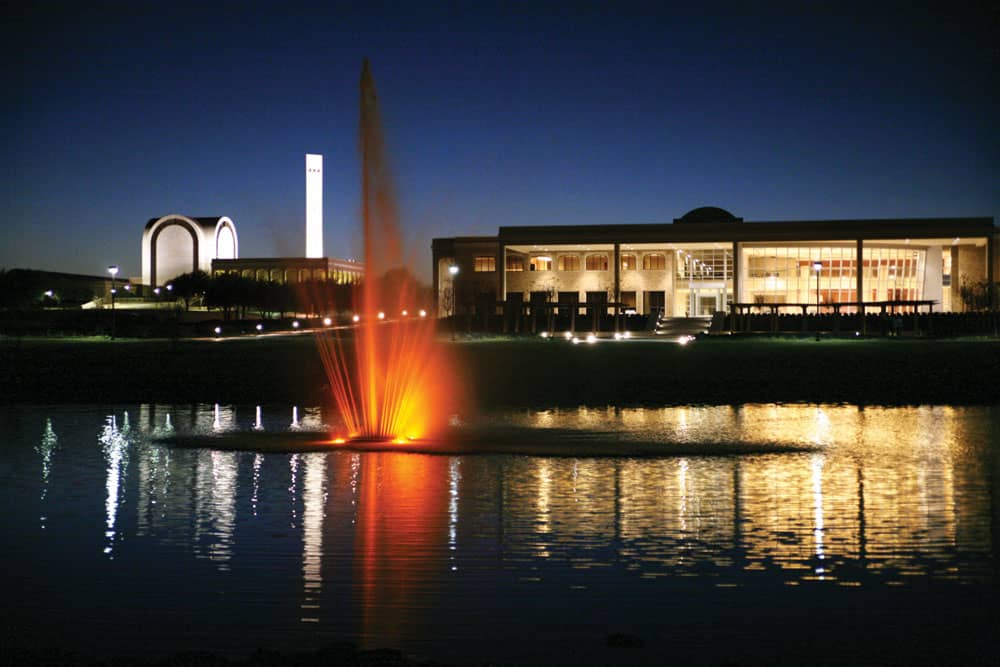The Early Days: Childers Classical Institute
In 1903, A.B. Barret and Charles Roberson first conceived of a new venture: “Let’s build a school in west Texas.” Two years later, Barret and Abilene church leader Col. J.W. Childers reached a purchase agreement on a plot of Childers’ land under the condition that it be used for a school named in his honor. In Fall 1906, Childers Classical Institute welcomed its first class of 25 students enrolled in 11 primary and secondary grades.
The school’s early years were cold and crowded—and lacked water supplies. When Jesse P. Sewell became president in 1912—following Barret, H.C. Darden, R.L. Whiteside and James F. Cox—he developed a new approach to managing the institution, declining a salary in order to run the school as a personal business enterprise.
An identity change swiftly followed. In the community, the institute had been known as Abilene Christian or the Christian college in Abilene; under Sewell, Abilene Christian College (ACC) became its formal name. Sewell oversaw the construction of new and expanded buildings around campus, the school’s accreditation as a junior college in 1914 and as a senior college in 1919, and an enrollment increase of 300 students.
Continued Growth: A New Campus
When Batsell Baxter took over for Sewell in 1924, he shifted focus to the student experience. He relaxed restrictions on social privileges and opened doors for the creation of more student activities and organizations.
The school expanded rapidly, and by 1927, the Board of Trustees decided to explore new locations for the campus. San Angelo, a Texas city 90 miles south of Abilene, offered two sections of land and $50,000 for building. The Abilene Chamber of Commerce, eager to keep the burgeoning institution local, countered with $75,000. Decidedly rooted in Abilene, the trustees took the latter offer and purchased 680 acres on a hill just northeast of Abilene on the historic Hashknife Ranch, out of which the present-day campus was carved.
On Sept. 5, 1929, the new campus opened with eight buildings: an administration building, two residence halls, an education building that housed the elementary and high schools, a dining hall, a gymnasium, an auditorium and a house for the president.



